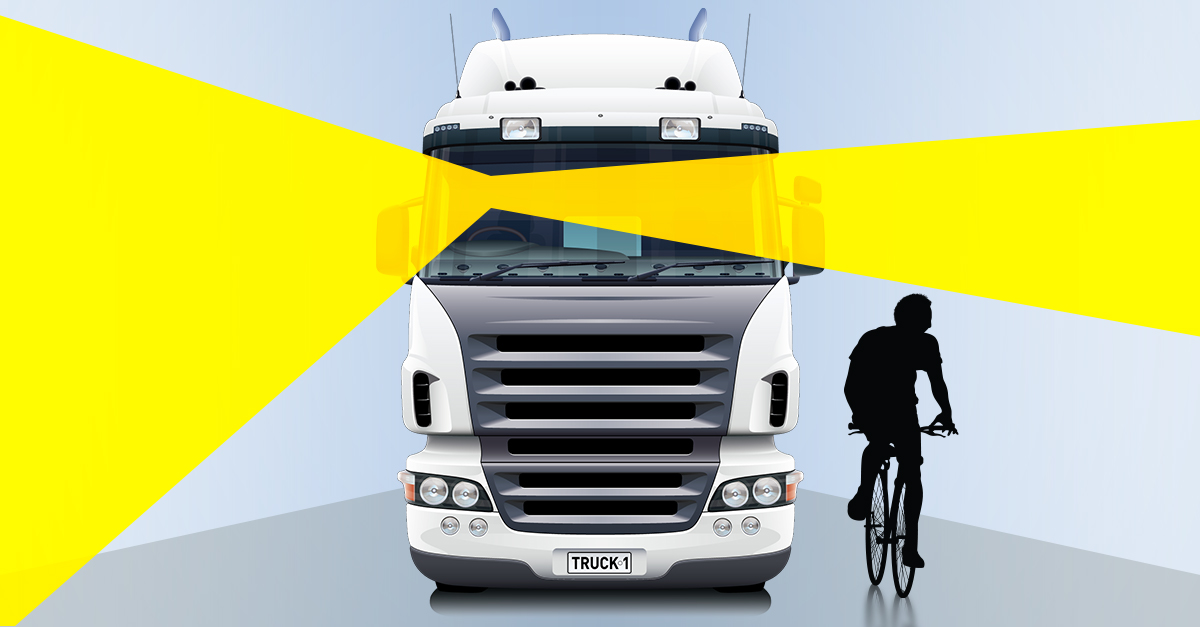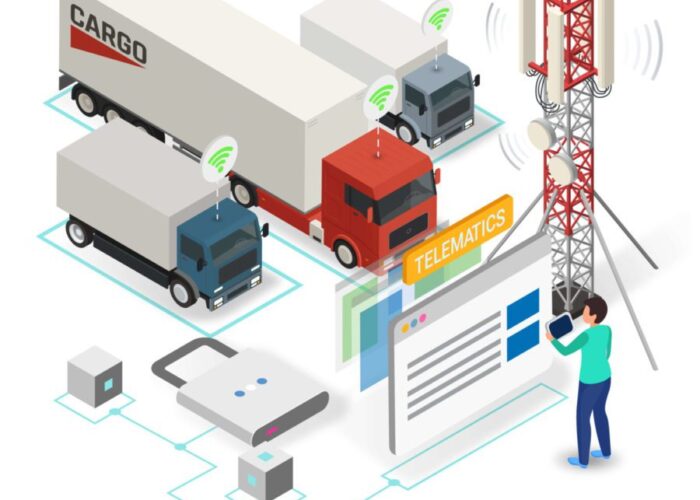Dr Mohsen Mohseninia, VP, market development, Europe, Aeris, on the importance of connectivity when it comes to ensuring DVS compliance with fleet video telematics solutions
Recent data from Transport for London shows that there remain more than 100,000 heavy goods vehicles on London’s roads whose operators have not yet applied for a Direct Vision Standard (DVS) permit.
With fleet managers now facing a deadline of compliance, many are now looking eagerly at telematics and on-board camera providers to equip their vehicles with the technology to ensure that their fleets are protected and meet the necessary DVS accreditation.
Companies building commercial vehicle camera systems have an important opportunity to not only win business but to develop trust and brand recognition by delivering solutions that work. While some see dash cams as a commodity, the reality is that there are significant differences between solutions – from the quality and price of the camera itself to the reliability and reach of the service it provides. Choosing the cheapest one will likely result in unexpected costs for fleet managers down the road, when the solution doesn’t scale up or deliver the data required to maintain compliance.
To stand out in the competitive market for on board cameras, telematics service providers need to ensure they have reliable, low-cost cellular connectivity to ensure cameras are always connected and able to transmit video footage to the cloud. Like camera solutions, not all cellular offerings are created equal. Before you speak to a cellular supplier, consult the checklist below to make sure that they can meet all of the requirements for on board camera solutions:
- Consistent, reliable coverage, to ensure operational benefits can be achieved throughout the driver’s journey
- Affordable high throughput, to support bandwidth requirements much higher than normal vehicle telematics without breaking the business case for the solution – in other words, high data rates at low cost.
- Careful device configuration to ensure close coordination with the radio access network, to minimize latency in video upload — essential for time-critical insurance first notification of loss, emergency treatment, law enforcement response, and operational recovery.
- Flexible, easily customizable core and data transport network configuration, to enable video-specific QoS treatment and media segregation in the cloud.
- Redundant & load-balanced data paths between the cellular service provider and the customer’s data centers to provide reliability and reduce delay.
- Secure end-to-end communication with cloud endpoint control (restricting the IP addresses with which on-board cameras and devices can communicate) and minimized additional bandwidth consumption for security overhead.
- Itemized billing where cost incurred per SIM can be accurately reported and, where necessary, charged back to the end user.
Aeris provides fleet management connectivity to over 2.1 million commercial vehicles and our approach to service in this segment is informed by two decades of experience and innovation. To learn more about how Aeris can help, contact us today.



